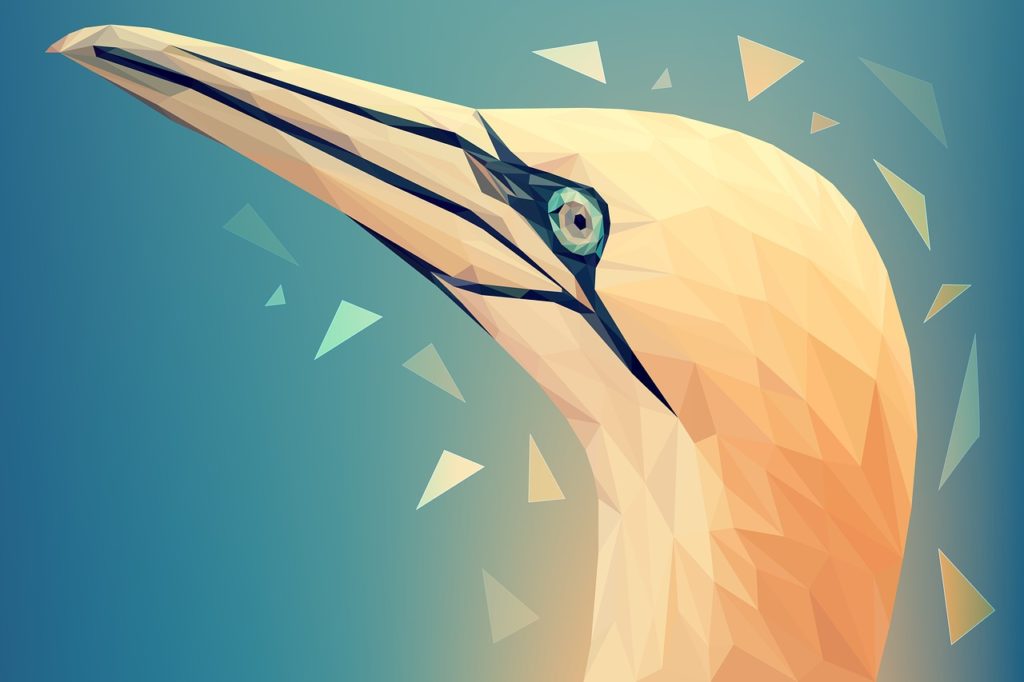Digital art is an artistic work or practice that uses digital technology as an essential part of the creative or presentation process.
Since the 1970s, various names have been used to describe the process, including computer art and multimedia art. Digital art is itself placed under the larger umbrella term new media art.
The techniques of digital art are used extensively by the mainstream media in advertisements, and by film-makers to produce visual effects. Desktop publishing has had a huge impact on the publishing world, although that is more related to graphic design.
Both digital and traditional artists use many sources of electronic information and programs to create their work.
Given the parallels between visual and musical arts, it is possible that general acceptance of the value of digital visual art will progress in much the same way as the increased acceptance of electronically produced music over the last three decades.
Contents
- Computer-generated visual media
- Computer generated 3D still imagery
- Computer generated animated imagery
- Digital installation art
Computer-generated visual media
Digital visual art consists of either 2D visual information displayed on an electronic visual display or information mathematically translated into 3D information, viewed through perspective projection on an electronic visual display.
The simplest is 2D computer graphics which reflect how you might draw using a pencil and a piece of paper.
In this case, however, the image is on the computer screen and the instrument you draw with might be a tablet stylus or a mouse.
What is generated on your screen might appear to be drawn with a pencil, pen or paintbrush.
Computer generated 3D still imagery
3D graphics are created via the process of designing imagery from geometric shapes, polygons or NURBS curves to create three-dimensional objects and scenes for use in various media such as film, television, print, rapid prototyping, games/simulations and special visual effects.
The technology can enable collaboration, lending itself to sharing and augmenting by a creative effort similar to the open source movement, and the creative commons in which users can collaborate in a project to create unique pieces of art.
Computer generated animated imagery
Computer-generated animations are animations created with a computer, from digital models created by the 3D artists or procedurally generated.
The term is usually applied to works created entirely with a computer. Movies make heavy use of computer-generated graphics; they are called computer-generated imagery (CGI) in the film industry.
- In the 1990s, and early 2000s CGI advanced enough so that for the first time it was possible to create realistic 3D computer animation, although films had been using extensive computer images since the mid-70s.
A number of modern films have been noted for their heavy use of photo realistic CGI.
Digital installation art
Digital installation art constitutes a broad field of activity and incorporates many forms. Some resemble video installations, particularly large scale works involving projections and live video capture.
By using projection techniques that enhance an audiences impression of sensory envelopment, many digital installations attempt to create immersive environments.



















![Gumroad, Dan Kenton | Magazine Textoring Tutorial (2024) PCREC [EN] Gumroad, Dan Kenton | Magazine Textoring Tutorial (2024) PCREC [EN]](http://nullpk.com/wp-content/uploads/2025/07/00-cover.jpg)
![4K Video Downloader+ 25.1.1.0197 Repack (& Portable) by kpojiuk [Multi/Ru] 4K Video Downloader+ 25.1.1.0197 Repack (& Portable) by kpojiuk [Multi/Ru]](http://nullpk.com/wp-content/uploads/2025/07/6ZhEWerq_o.jpg)
![XMedia Recode 3.6.1.3 + Portable [Multi/Ru] XMedia Recode 3.6.1.3 + Portable [Multi/Ru]](http://nullpk.com/wp-content/uploads/2024/06/c73474138045702540437398d2ddfb43.webp.webp)
Leave a Reply
You must be logged in to post a comment.